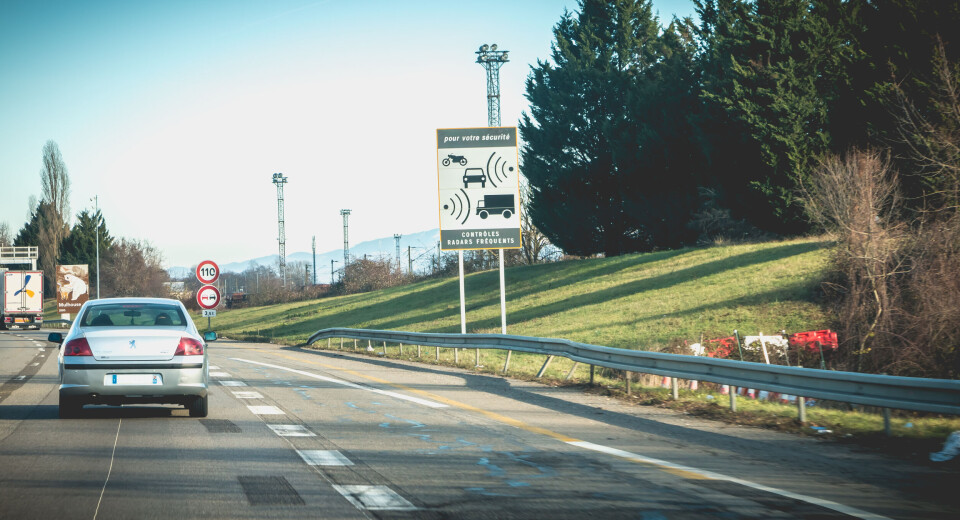Are drivers in France fined for driving too close on motorways?
Vehicles must remain a safe distance apart on roads
How do you know if you are too close to another car on a French motorway?
Pierre-Olivier / Shutterstock
Reader Question: I have seen white chevrons on French motorways, and I assume they are there to keep drivers at a safe distance. Do I always have to respect this distance, even when it is busy? Can I be fined if I do not?
Similar to many other countries, there are rules in France about driving too close to other vehicles, especially on larger roads.
The French Highway Code states:
“When two vehicles are following each other, the driver of the second vehicle must maintain a sufficient safety distance to avoid a collision in the event of the vehicle in front slowing down suddenly or coming to a sudden halt.”
It continues:
“The greater the speed [of the vehicles], the greater the distance. It corresponds to the distance travelled by the vehicle during a period of at least two seconds.”
On motorways (autoroutes), the required distance is 73 metres between vehicles (this is equivalent to two seconds of speed at the maximum speed limit in France, 130 km/h).
This distance is sometimes represented with long white lines marked on the ground. Vehicles should remain at least two lines apart (two lines is equal to 73 metres).
Even in periods of light traffic, vehicles should remain two chevrons apart on motorways, according to the Highway Code.
Can I be fined if I drive too close to the car in front? How do the authorities know?
If you do not follow the rule, it is possible to receive a €135 fine (€90 if paid early), and even the loss of three points from your driving licence.
Police use helicopters and mobile units during busy times of the year when many extra vehicles are expected on the roads (particularly summer, when travelling for holidays).
These can capture photographic evidence of you not following the rules, as well as proving traffic was not too busy for the rules not to apply - in cases where traffic is very slow / almost stationary the rule does not have to be followed.
If you do receive such a fine it is possible to contest it.
Read more: How to contest a driving or speeding fine in France
If the authorities do not have photographic proof, or these photos show traffic was particularly heavy (and therefore slow) at the time, your fine may be withdrawn.
If it is not, read our article below to see how to pay traffic fines in France.
Read more: 10 questions on driving fines in France




























